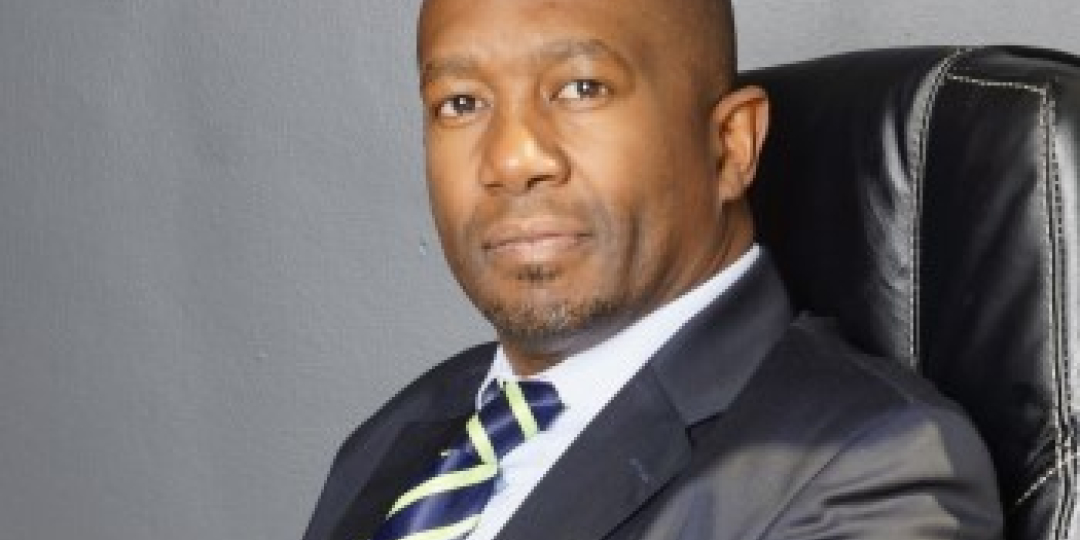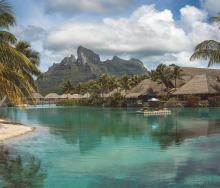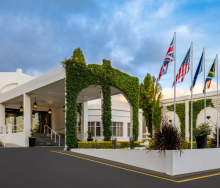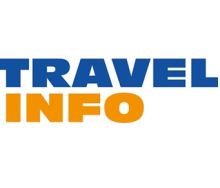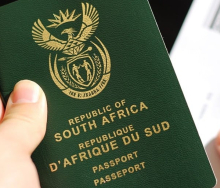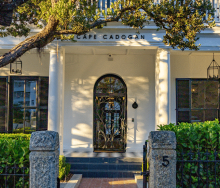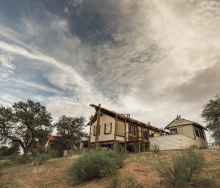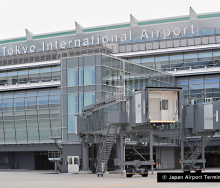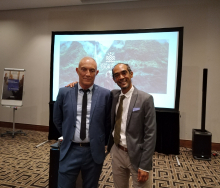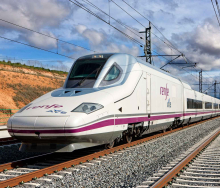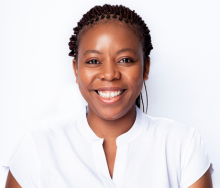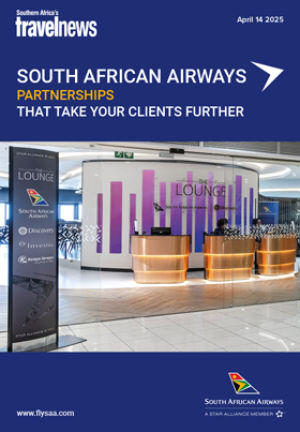As South Africa slowly begins the phased reopening of its tourism sector – starting with domestic tourism under alert level 2 – the industry should start the process of building travellers’ trust and address health and safety concerns.
This was highlighted by ceo of SA Tourism, Sisa Ntshona, at the launch of national Tourism Month on August 31.
Tourism Month is celebrated annually in September and features themed activities that are aligned with the United Nations World Tourism Organization’s World Tourism Day celebrations that take place annually on September 27.
“In 2018, the tourism sector contributed R273bn to the economy and 55% of that was from domestic tourism,” said Sisa during a panel discussion with Deputy Minister of Tourism, Fish Mahlalela.
“It’s vital that businesses focus on the implementation of regulated health and safety protocols now as the sector gains momentum with domestic tourism.”
In an exclusive interview with Travel News, Sisa said there were lessons to be learnt from countries in the continent that had opened their borders to international travellers.
“Timing is important. We need to grow trust and confidence first before opening international borders. What we’ve seen is that countries have opened their borders but the demand is just not coming through and it’s a very slow restart,” he said.
“We have to look at the restart of domestic tourism as the trial of restarting inbound tourism. Countries will be watching to see how we handle our domestic tourism to give them confidence once we open up the borders.”
Sisa added that the tourism market was fickle and it was not up to the industry or the government to decide when to restart all tourism activities. “Tourism is a sector driven by its consumers and the sector needs to be in tune with what the consumer is focused on right now, which is health and safety.
“South Africa would be seen as a risk should we open our borders right now to the international market, as the country is still in the top ten of most COVID-19 cases in the world.”
The Department of Tourism’s budget was cut by R1bn in July and 80% of this budget cut was SA Tourism’s marketing budget. Sisa said the focus was on digital marketing migration as it was more cost effective.
“We have spent the last five months focusing on gearing up for the future and we’ve recognised that we need to strike the balance of not marketing the destination too early or too late,” he said.
“We are looking at who are our key source markets under the ‘new normal’ and rethinking the key source markets pre-COVID-19, such as Brazil, who are sitting in the top ten along with South Africa.”
Sisa concluded that regional tourism was a focus for SA Tourism, with neighbouring country Namibia already open for international travellers.
“One of the ten strategic recommendations in the draft recovery plan is to prioritise co-operation with neighbouring destinations towards a regional value proposition, as 20% to 30% of all our international travellers go on to travel within the SADC region,” he explained.
“We are connected but each country will reopen its tourism sector differently. We will be observing Namibia to learn what to do and not do but I believe we are not too far behind.”
